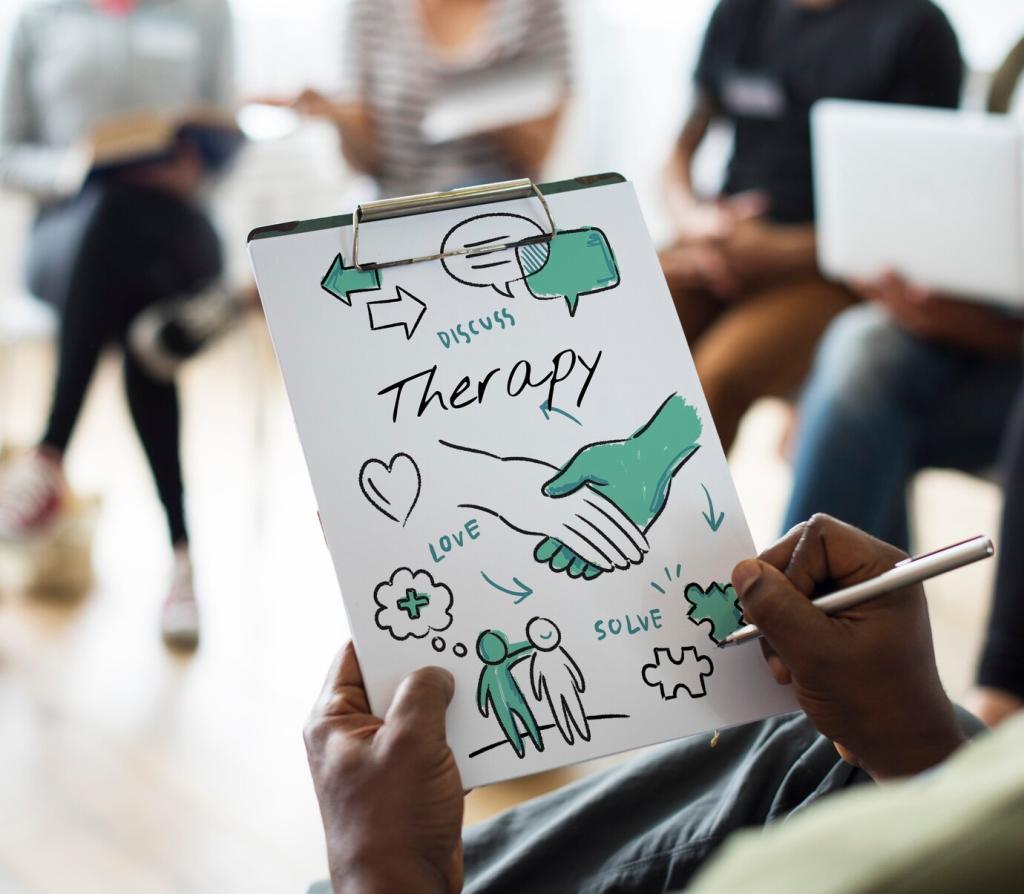
Expressive Art Exercises for Emotional Release
Chosen theme: Expressive Art Exercises for Emotional Release. Welcome to a creative refuge where paint, paper, sound, and movement help feelings flow safely. Explore supportive exercises, heartfelt stories, and simple rituals that transform emotional weight into meaningful, beautiful marks. Join in, try an exercise today, and subscribe for new prompts that keep your creative healing moving forward.

What science says about art and stress
Studies suggest that even forty-five minutes of creative activity can reduce stress biomarkers like cortisol. When you scribble, paint, or collage, your brain shifts focus, nervous system softens, and feelings find safe pathways outward. Start small, notice your breath, and let your hands lead.
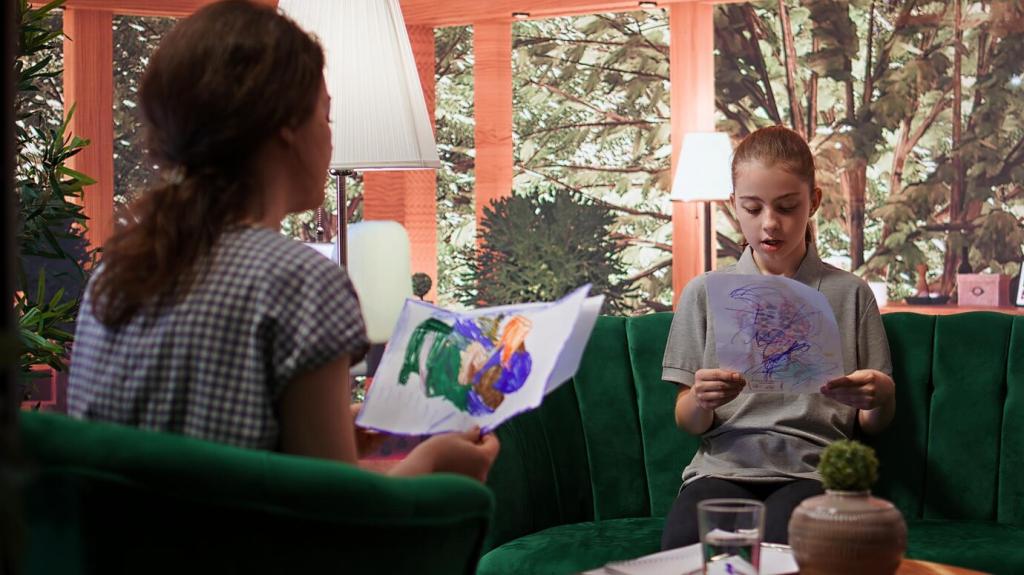
A short story: Maya’s page of storm lines
After a heavy week, Maya filled a page with jagged graphite lines, then softened the edges with water. She cried, then breathed easier. The drawing was not pretty, but it was honest, and honesty made room for sleep that night. Try your page of storm lines today.
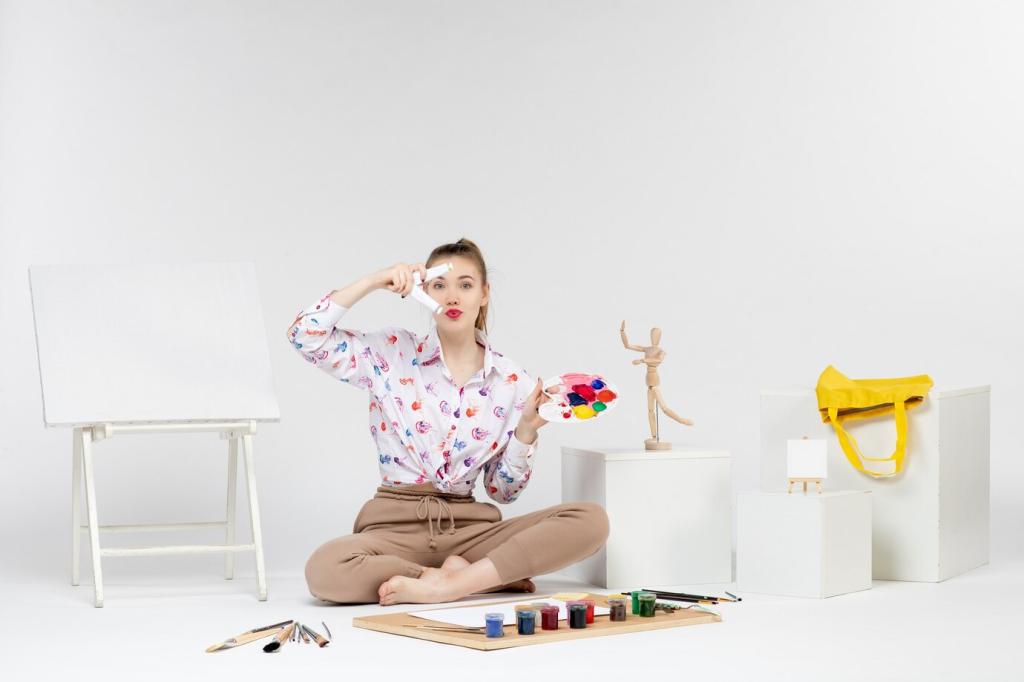
Your invitation: witness before and after
Before you begin an expressive art exercise, rate your stress and name one feeling. Afterward, check again. Share your reflections in the comments, or save them privately. Your observations help you see progress and keep you gently committed to your emotional release practice.
Create Your Safe Studio Anywhere
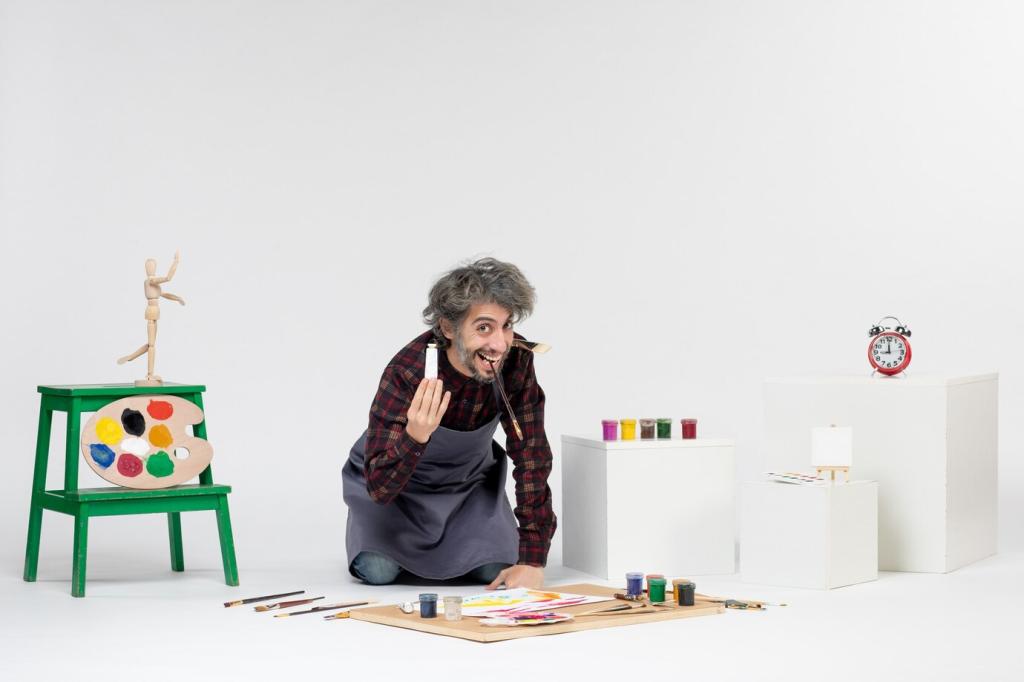
Choose a defined time limit, a comfortable chair, and a simple grounding tool like feet pressing into the floor. Imagine your workspace as a container that holds emotions kindly. If waves rise, pause, breathe slowly for ten counts, and return only when you feel steady again.
Starter Exercises to Let Emotions Move
Set a timer for three minutes and scribble freely without lifting your tool. Circle any shapes that appear, then shade or color them. As you slow down, ask, what emotion does this shape carry? Name it softly. Breathe out tension and notice if your shoulders drop naturally.
Move, Mark, and Release
Body outline painting: where do feelings live?
Tape large paper to a wall or floor and trace your silhouette loosely. Paint or color where you feel intensity—tight chest, heavy belly, buzzing hands. Add symbols or words on those zones. This map externalizes sensations, creating distance and compassion. Share a reflection, not the image, if preferred.
Music-led brushstrokes for rhythm and release
Pick two songs: one energetic, one soothing. During the first, use big strokes that match the beat. During the second, switch to slow, flowing lines. Contrast helps energy discharge and settle. Tell us which song pairing supported your emotional release so others can build healing playlists.
Breath lines: exhale the weight
With each exhale, draw a single line from top to bottom of the page. With each inhale, add a small dot. Continue for five minutes. The page becomes a record of your nervous system softening. Finish by writing one sentence of gratitude for your breath’s steady companionship.
Story and Symbol: Turning Emotions into Meaning
Tear images and textures that feel supportive—cloth patterns, tree bark, open skies, steady hands. Arrange them into a protective landscape. Glue slowly, pressing each piece with intention. Title your collage with a phrase that comforts you. Share the title and one sentence about what it represents.
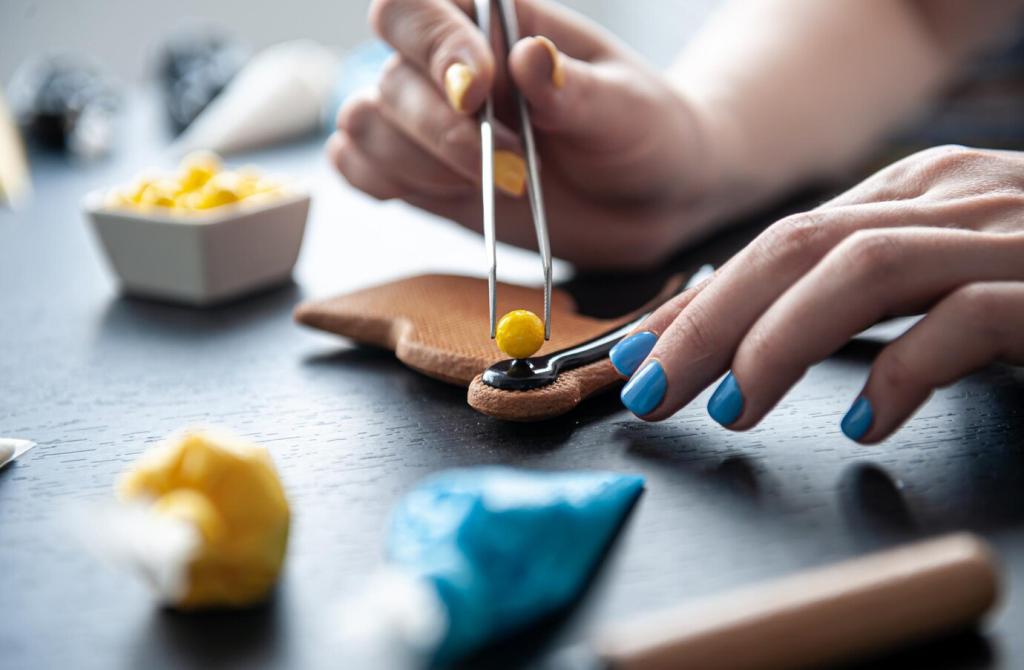
Story and Symbol: Turning Emotions into Meaning
Choose a simple symbol—a seed, anchor, candle, or river—and draw it daily with tiny variations. Let the symbol carry your emotion of the day. Over weeks, patterns appear. This consistency turns fleeting feelings into a meaningful visual diary. Invite a friend to join and compare insights.
Posting with care and personal boundaries
When sharing expressive pieces, ask yourself: does posting support my healing today? If yes, include a content note and a short reflection. If not, protect your privacy. Your emotional release matters more than likes. Comment with encouragement for others, focusing on feelings, not technical skill.
Circle prompts for groups online or offline
Gather two to five friends. Prompt: draw your weather today, then add one hopeful element. Share for two minutes each while others simply witness. No advice, only thanks. This respectful structure helps emotions release while strengthening trust. Tell us how your circle felt and what you learned.
Integrate the Release into Daily Life
Following intense emotional release, rinse hands in warm water, sip water or tea, and place both feet firmly on the floor. Name three things you can see. Write a kind sentence to yourself. These small steps tell your body the session is safely complete, inviting restful integration.
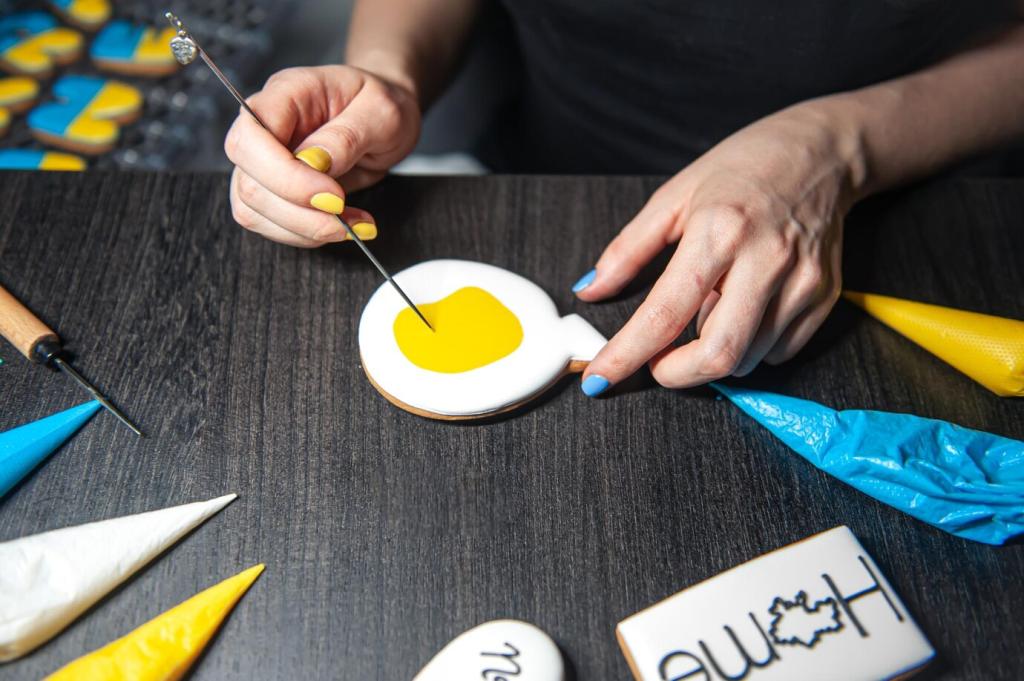

Integrate the Release into Daily Life
Schedule two twenty-minute expressive art sessions weekly. Keep supplies visible to reduce friction. Celebrate consistency, not masterpieces. Over time, your tolerance for emotion grows, and release arrives sooner. Share your preferred time of day and help others build routines that truly fit real life.
